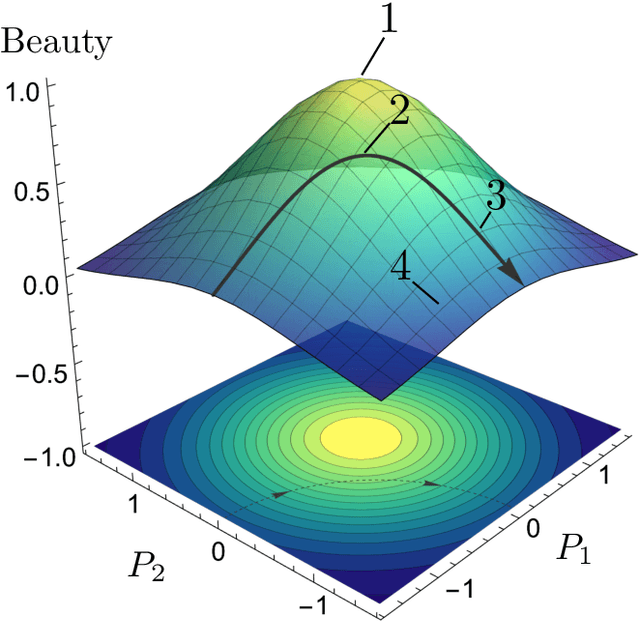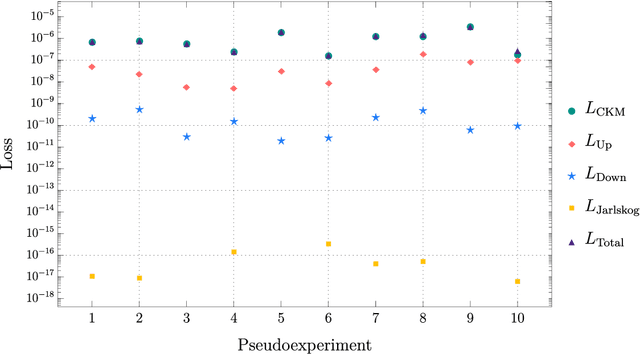Exploring the Truth and Beauty of Theory Landscapes with Machine Learning
Paper and Code
Jan 21, 2024



Theoretical physicists describe nature by i) building a theory model and ii) determining the model parameters. The latter step involves the dual aspect of both fitting to the existing experimental data and satisfying abstract criteria like beauty, naturalness, etc. We use the Yukawa quark sector as a toy example to demonstrate how both of those tasks can be accomplished with machine learning techniques. We propose loss functions whose minimization results in true models that are also beautiful as measured by three different criteria - uniformity, sparsity, or symmetry.
* 13 pages, 9 figures. arXiv admin note: text overlap with
arXiv:2311.00087
 Add to Chrome
Add to Chrome Add to Firefox
Add to Firefox Add to Edge
Add to Edge